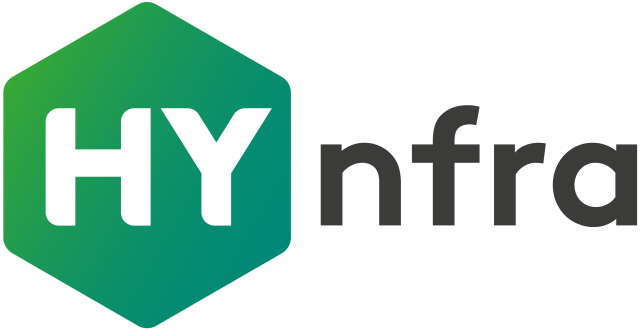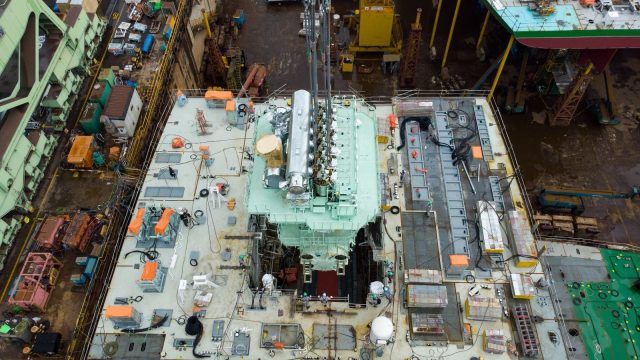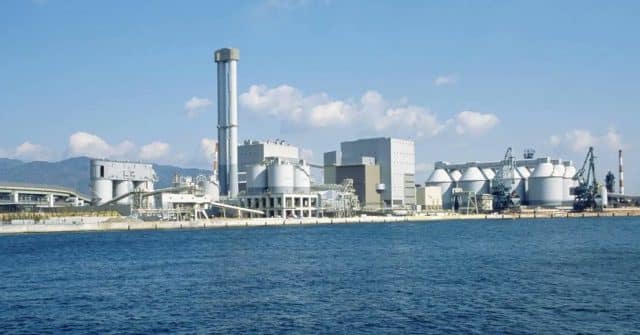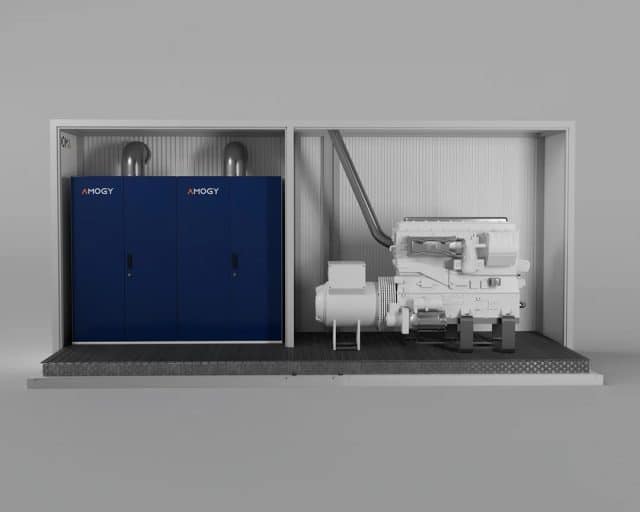J-ENG: testing complete, 2-stroke ammonia engine ready to roll out
Japan Engine Corporation has announced commercial readiness for its new 2-stroke, dual-fuel engine. The first engine unit will be installed on an ammonia-fueled medium gas carrier next month, with the vessel scheduled to enter service in 2026.








